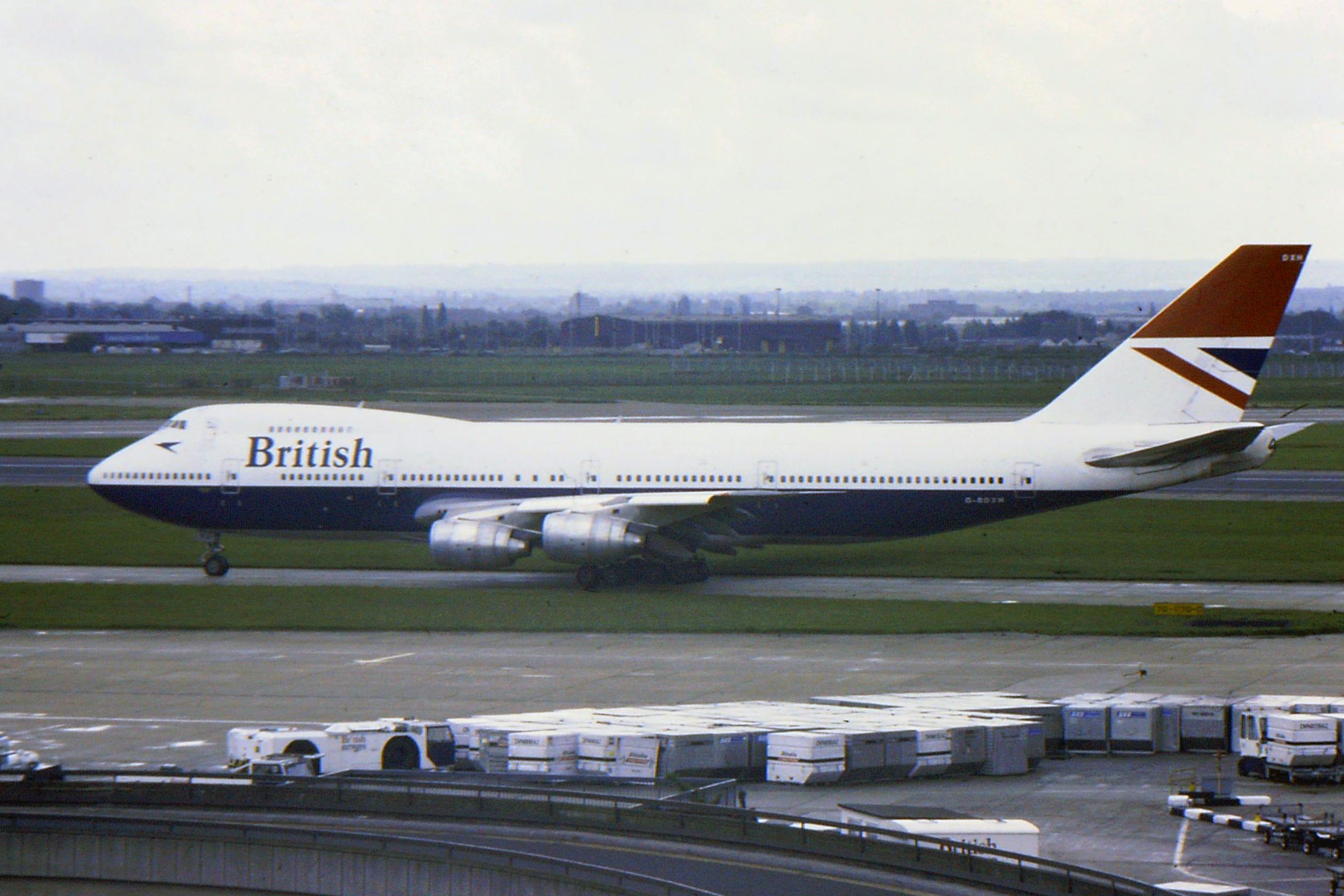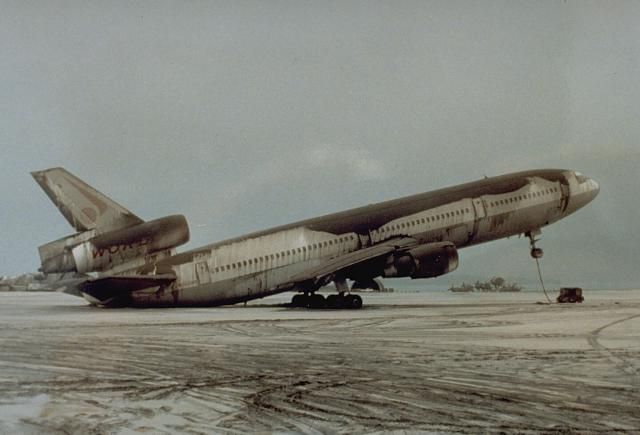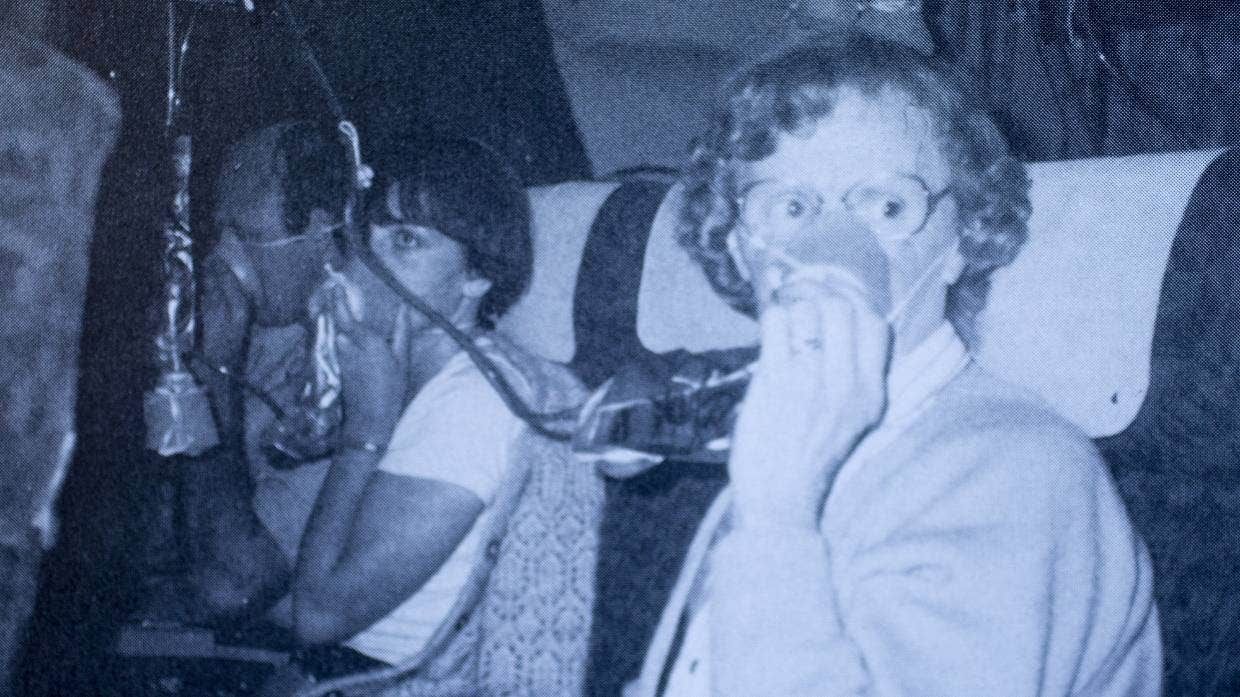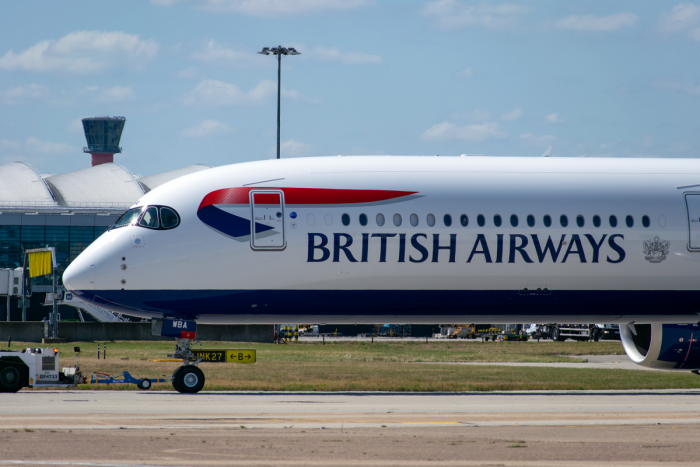On the 24th June 1982, Speedbird 009 was mid-trip when the incident happened. The Boeing 747-200 had taken off from London Heathrow and was bound for Auckland via Bombay, Kuala Lumpur, Perth and Melbourne.
The crew
There were 248 passengers onboard and 15 crew. The crew members boarded in Kuala Lumpur. In the flight deck were the captain Eric Moody, senior first officer Roger Greaves and senior flight engineer Barry Townley-Freeman. There were 12 cabin crew onboard including pursers Graham Skinner, Sarah Delane-Lee and cabin crew Fiona Wright and Clare Wickett. They were now bound for Perth and expected an uneventful five-hour flight.
In the flight deck
The captain had just finished his meal and left the flight deck briefly. At 13:40 UTC above the Indian Ocean, the flight crew noticed an unusual anomaly similar to St Elmo's fire on the windshield. This is a static electrical discharge sometimes seen when flying through thin cloud. The radar showed clear skies and they were flying at night. The flight crew switched on the engine anti-ice and put the passenger seat belt sign on as a precautionary measure.
In the cabin
Most of the passengers were sleeping, and some were reading. Smoke started to appear in the cabin. The cabin crew thought it might have been smoke from a smoldering cigarette. The captain was in the main passenger cabin on the lower deck and started a conversation with Sarah. One of the crew Fiona beckoned him into the cabin where they could see a blueish-colored smoke. It was coming from the air vents.
What happened next
The captain returned to the cockpit, seeing the windshield ablaze with blue light. At 13:42 engine number four surged and flamed out. The flight crew followed the engine shutdown drill. One minute later at 13:43, engine number two surged and flamed out. Within seconds engines one and three followed. It was not known immediately what happened, but volcanic ash from Mount Gallunggung, southeast of Jakarta had entered the engines.
"I don't believe it! All four engines have failed."
Barry, senior flight engineer
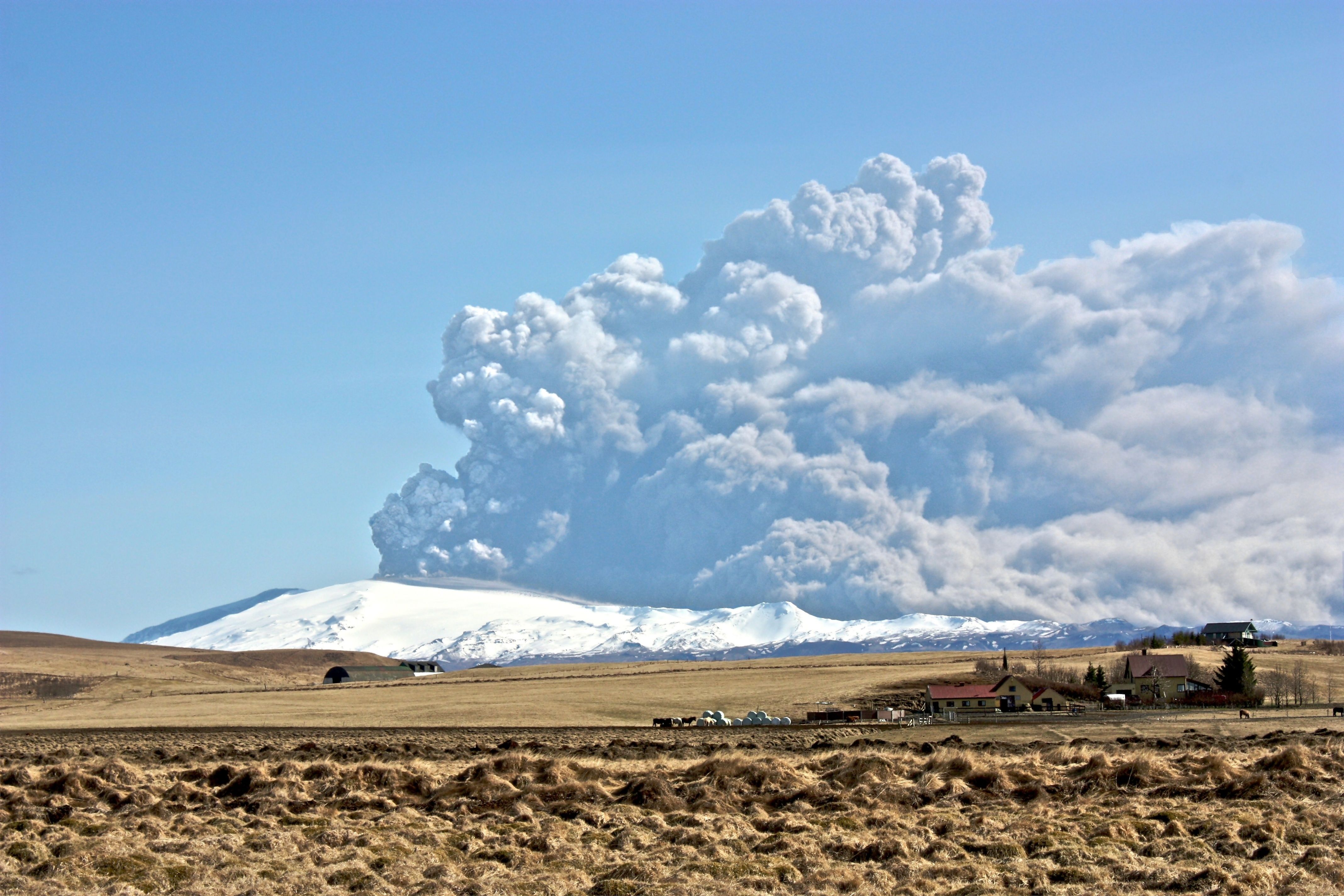 Suddenly
Suddenly
There was a shudder of turbulence in the cabin. The smoke grew thicker and smelt of sulfur. The temperature in the cabin soared. Passengers in the window seats near the engines could see the engines had turned bright blue and then flames appeared. There were sounds similar to a churning cement mixer and then complete silence. The atmosphere was eerie and surreal.
"It got really, really hot... You were perspiring, drenched in sweat. The acrid smoke filling the cabin was at the back of your throat, up your nose, in your eyes - your eyes were running."
Graham, purser
Plan of action
The flight crew then concluded that the aircraft could glide for 23 minutes from 37,000 feet, which should get them to Jakarta to make an emergency landing. At 13:44 the senior first officer declared they had an emergency as all four engines had failed. The air traffic control in Jakarta misunderstood the situation believing that just engine number four had failed. A passing Garuda Indonesia aircraft relayed the message again to Jakarta. The flight crew then decided that if they could not maintain altitude, they'd turn back towards the sea and ditch in the Indian Ocean. They began drills to try and restart the engines.
Ditching?
Pressure in the cabin fell and the oxygen masks deployed. The senior first officer's mask was broken. The captain started an emergency descent to an altitude where everyone could breathe normally. The aircraft had become the world's largest glider. They were now approaching 13,500 feet where they would have to make the turn and prepare for ditching. No 747 had ever ditched before. The flight crew tried to restart the engines, one more time.
Back in the cabin
The cabin crew started to move around the cabin quickly and efficiently, stowing any loose items. They offered assurance to passengers to stop any sense of panic. There was a sense of being suspended in space. The atmosphere was tense with a sense of disbelief but everyone remained calm. Some passengers started to write notes to their loved ones on scraps of paper, fearing they would die. Families huddled together to comfort one another. Some cried in the silence. The cabin crew calmly moved solo passengers to seats with another solo passenger to accompany them, on an unknown journey.
"If I was misleading them, then that was for a reason, because I didn't want them to get as upset as I felt. I just couldn't believe what was happening and yet I was chatting to the passengers saying 'Nothing to worry about, it's just a little hiccup'."
Graham, purser
The miracle
The aircraft had been gliding for 15 minutes. Finally, at 13:56, engine number four restarted. The molten ash that clogged the engines and solidified had broken off. The captain used the engine's power to reduce the rate of descent. Soon after, engine number three restarted so the aircraft could climb slowly. Seconds after, engines one and two restarted. The flight crew requested an increase in altitude to clear the tall mountains in the area. At 14,000 feet, the St Elmo's fire started again. The captain throttled back, engine number two surged and was shut down. They continued the approach on three engines.
Landing blind
The aircraft descended to 12,000 feet. As Speedbird 009 approached the airport at Jakarta, the flight crew could see next to nothing out of the windshield, despite reports of good visibility. They were relying on their instruments and the lateral guidance beam and distance monitoring equipment to land. The aircraft landed safely. Taxi-ing was almost impossible as the windshield was completely opaque.
The aircraft windshield, nose and leading edge of the wing looked like they had been sandblasted. The landing had been perfect and passengers hugged each other and applauded the crew.
Afterward
The flight crew received medals from the British Airline Pilots Association and the captain received the Queen's Commendation for Valuable Service. One of the passengers, Betty wrote about the incident in a book 'All Four Engines Have Failed'. She married James, the passenger who was seated in the row in front of her.
"Ladies and gentlemen, this is your captain speaking. We have a small problem. All four engines have stopped. We are doing our damnedest to get them going again. I trust that you are not in too much distress. Would the senior cabin crew member come to the flight deck."
Eric, captain

